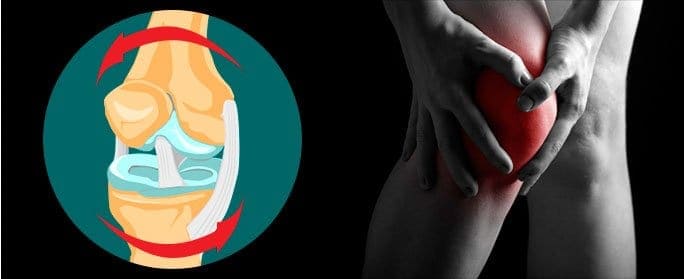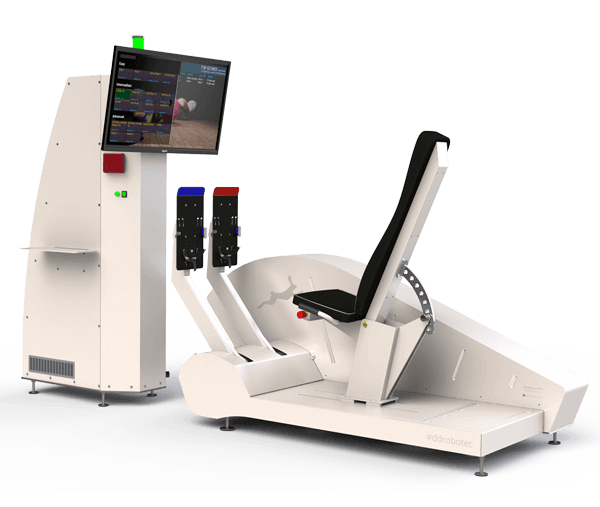When it comes to treating a ligament tear, the affected individual has only two treatment options to choose from. One option is to choose ACL reconstruction which is a surgical procedure. The other option is to treat the tear non-surgically using rehabilitation and ACL physical therapy.
Often, patients of the tear, particularly athletes tend to go with the surgical procedure as they believe it can help them get in the same shape they were before in. They believe that after surgery, they can be as active as they previously were. Plus, they are of the illusion that surgery will help them to avoid injuries in the future.
The truth is, none of that happens post-surgery. According to a study, roughly about 65% of individuals were able to perform their sport the way they could before their injury. Meanwhile, a little over 35% were diagnosed with osteoarthritis in the knees just within a decade after surgery. Despite knowing all this, patients, especially sportsmen still opt for ACL surgery with hopes that might not ever be met.
For further investigation of this matter and to know more details to make patients more aware, there was a study done to determine the differences between the patients that opted for ACL physical therapy and those that went for the surgery. The outcomes of patients in both the cases over a period of five years were compared.
A sample pool containing 105 athletes aged between 14 years and 55 years that were part of one cutting sport or another were part of this study spanning over five years. All participants had taken part in discussion with ACL specialists and surgeons before settling on an option. Out of all the people, 83 individuals still went for ACL reconstruction.
Meanwhile, the remaining 22 opted for the non-surgical option. This option involved rehabilitation and therapy program. Once the program finished, the 22 individuals were asked to perform exercise sets that placed emphasis on muscular control and enhancing strength. The follow-up exercises were also to help the individuals return to the level of participation they were at previously.
Rehabilitation programs after surgery were also introduced so that patients can return to their prior form. Before the intervention, the patients were evaluated. Then, after five years, the individuals were assessed for numerous variables.
After five years of the treatment, both the groups reported similar, positive results. Particularly, the results from tests like the one-leg hopping test and quadriceps strength did not show any major differences between the two groups.
Similar results were seen in frequency at which cutting activities were performed. Moreover, in terms of the overall levels of activity, 50% of individuals that went for non-surgical procedures and 60% of individuals that chose surgery engaged in their chosen activity after five years as much as they did before their injury.
On the other hand, patients that went for ACL physical therapy scored low when it came to life quality. However, in terms of the knee function or symptoms, the scores didn’t differ much. Furthermore, after five years, just 5% of individuals from the non-surgical group has osteoarthritis. On the other hand, 23% of individuals from the surgery group had osteoarthritis.
Conclusively, other options for ACL tears are available apart from ACL construction. Plus, physical therapy has the same beneficial outcomes. Therefore before making a decision about your ACL tear, discuss it with an ACL specialist. Each case differs and in your case, physical therapy might just be enough for you. It is much cheaper and achieves positive results.
The team at NYDNRehab has rehabilitated over 100 patients with torn ACLs over the past six years. All had ACL tear treatment without surgery using our meticulous approach and advanced modern technology. Our results closely reflect those of various research studies. Only 20 of our patients were unable to return to sports and subsequently went to see an ACL specialist in consideration of reconstruction.
Our experience shows that active people who are not professional athletes should begin with conservative ACL injury treatment before deciding to have surgery. Even in cases where the patient fails to improve with rehab, surgical recovery and return to sports are usually faster than in patients who opt for surgery right away.




























































